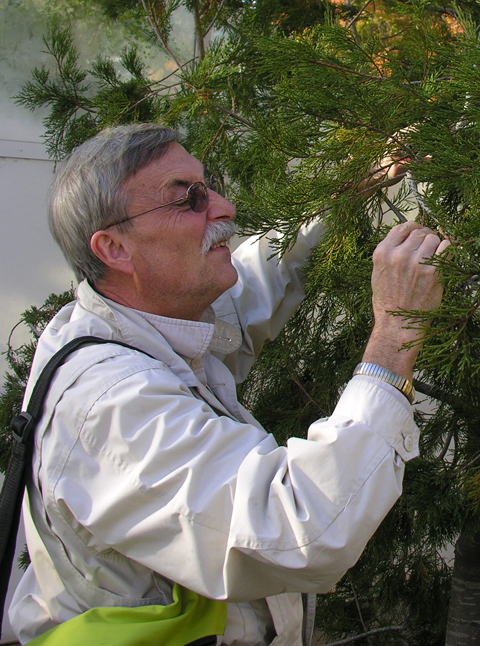
Dr. Gar Rothwell on a field study of a “juniper” type conifer on the campus of Humboldt State University, 2015.
Alumni, Colleagues Celebrate Rothwell’s Discoveries about Plant Evolution
Distinguished Professor Emeritus Gar Rothwell just keeps discovering new things. That’s because he keeps looking.
Rothwell may have “retired” from Ohio University in 2010, but he has continued his work, contributing an additional 62 scientific studies since that time, including 11 journal articles in 2020.
As alumna Dr. Kathleen Pigg ’80BS, ’82MS writes in the introduction to the Rothwell Celebration special issue of the International Journal of Plant Sciences: “One time Gar told me to look not for the things I could recognize but for the things I couldn’t understand. I think that might be the core to his success at repeatedly finding something new and the transforming nature of his discoveries.”
Where is Rothwell looking? He has a passion for understanding the evolution of plants, so he spends a lot of time analyzing plant fossils. But he also studies the structure, growth and development and of living plants.
His work from the Paleozoic to the present—in which he has described new species, genera, families, and even classes—defines the history of plant life on Earth.
Rothwell’s scientific contributions elevated paleobotany to the forefront of modern evolutionary sciences, right there alongside genetics and molecular biology. And he has touched many lives—and many plants—along the way.
A time traveler
One big idea that Rothwell’s work illustrates: Nature has a long history of failures.
“If you are interested in plant evolution, try this quick exercise: take a phylogenetic tree of the plant kingdom, close your eyes, and point your finger randomly to a node of the phylogeny. Irrespective of the clade to which you are pointing, there is one thing you should know about it: the living representatives of that clade have evolved as a result of a long process in which failed attempts are the rule, and as a result, the diversity of extinct forms accumulated in the fossil record far exceeds that recorded in the extant flora. From this simple concept, Gar W. Rothwell made his career,” write the authors of Integrative Paleobotany: Affirming the Role of Fossils in Modern Plant Biology—Introduction and Dedication.
“Because of that, here is a second thing you should know about the plant clade to which you pointed at random: Gar has, more likely than not, contributed information about evolution in that clade at some point in his career,” say those authors, who include OHIO alumni Drs. Alexandru Tomescu ’04PhD, Michael Dunn ’03PhD, Ruth Stockey, ’74MS, James Mickle ’84PhD, Genaro Hernandez-Castillo ’05MS, Steven Karafit ’04BS, Brian Atkinson ’10BS, and Frank W. Telewski ’80BS.
“His work was instrumental in ushering in studies of fossil plants as whole living organisms, looking at both structure and development. These early experiences launched Gar on a career in plant evolutionary biology that stretched over a half century.”
Rothwell wrote the book, literally, on the origin and evolution of all major plant groups, Paleobotany and the Evolution of Plants, along with more than 250 peer-reviewed journal articles and book chapters published in more than 30 scientific journals that cover the fields of botany and paleobotany.
“Gar is a time traveler: the species he has described belong to a time slice that spans more than 400 million years. His studies have investigated plants and other organisms from the Paleozoic to the present and have addressed an incredibly large number of lineages, many of them described as new species, genera, families, and even classes. He has made detailed descriptions of prokaryotes, fungi, liverworts, mosses, lycopsids, sphenopsids, ferns of a wide variety of lineages, pteridosperms, conifers and coniferophytes, cycads, ginkgophytes, bennettitaleans, and angiosperms—nothing has escaped Gar’s inquisitive eye,” the authors write.
A drawer into the past
“I met Gar Rothwell when I first interviewed for my position at Ohio University,” says Dr. Sarah Wyatt, professor of Environmental & Plant Biology at OHIO and director of Molecular Cellular Biology.
“At the time, they were looking for someone working with Arabidopsis using molecular techniques with an organismal (plant development) appreciation. (OK, I’ll finally admit my secret; I’m a plant biochemist by training. I never admitted this to Gar; he thinks biochemists working on plant products should be in chemistry departments.) During the interview, I really wasn’t sure what I would talk with him about, but he started pulling out the drawers of fossils in his office, and I was mesmerized.
“Then, in my second year or so, I had a guest come to visit for a few weeks. I knew that Simcha was interested in plant development and evolution, so I asked Gar to meet with him. Simcha asked Gar whether he had ever seen “swirls” in the vascular tissue in fossils. Again, Gar started pulling out the drawers of the specimen cabinets and showing him fossils with exactly that pattern. This started the molecular fingerprint work, something new and exciting for both of us.”
A storyteller
Alumni and colleagues describe Rothwell as a collaborator, a mentor, a teacher, a storyteller, and an insightful scientist.
Pigg wraps up the special issue with Reflections on Gar W. Rothwell’s Influence on His Students, His Colleagues, and the World of Plant Biology.
“Gar Rothwell gave me my first sense of how the whole plant world fit together,” writes Pigg, Rothwell’s first undergraduate research student.
“Those annoying angiosperms never made sense to me, and they don’t, really, on their own. He gave me the framework to know the real story, how there were plants that came before and were simpler, the story of evolution built on these fundamentals, that there was time and place and continuity and change. I had spent most of my young life in the woods, watching and observing and learning to see, and I had my own personal plant cosmology. When I sat in on my first plant systematics lab full of people rushing to grab the flowers and key them out, the flurry of details and the following of taxonomic keys to get to the answer were not really all that interesting to me.
“Gar’s Paleozoic plants took me away from all the fuss and brought me to a place where there were all kinds of possibilities, huge lycopods and horsetails and plants that had left the premises with only hints about themselves. His lab was serious fun, and I was generously allowed to play.”
“I can list on one hand the truly great teachers I’ve experienced throughout my scholastic career,” adds Mary-Louise (“Cookie”) Trivett ’69BS, ’84MS, ’91PhD. “Gar is one of them. They all had one trait in common. They told a story rather than listing a litany of facts. Gar would begin a lecture with a brief recap of the previous one to “set the stage” for the current lesson. And then he would adhere to his guidelines for answering essay questions. Tell what it is, where it’s found, and why it’s important. Everything in context. Anyone who has ever attended one of his talks at professional meetings knows exactly what I mean.
Karafit writes, “Gar has profoundly influenced my life’s trajectory. When I was an undergraduate at Ohio University, science was something that I loved, but it seemed like a sum of knowledge generated by mysterious, unrelatable scientists. I was sure that I wanted to work either as an environmental consultant or in a national park; either way, I wanted to be in the field, with as little human interaction as possible. Gar made scientists human for me, helped me understand the critical role of scientists within society, and then helped me to become one.”
- Read more about the special issue, and the 27 articles submitted to celebrate Rothwell. “Together, these articles cover a broad spectrum of plant and nonplant lineages (e.g., chytridiomycetes, bryophytes, lycopsids, sphenopsids, ferns, pteridosperms, coniferophytes, conifers, gnetophytes, and angiosperms) and address questions that range from ecology to anatomy and morphology of various plant parts, whole-plant reconstructions, systematics, phylogeny, developmental regulation, and the evolution of plant development. The studies investigate plants from throughout the geologic timescale (Paleozoic, Mesozoic, Cenozoic), as well as living plants, in all corners of the world: Australia, Argentina, Canada, China, Finland, Germany, Italy, Panama, Portugal, Russia, Scotland, Switzerland, Turkey, Venezuela, and the United States.”


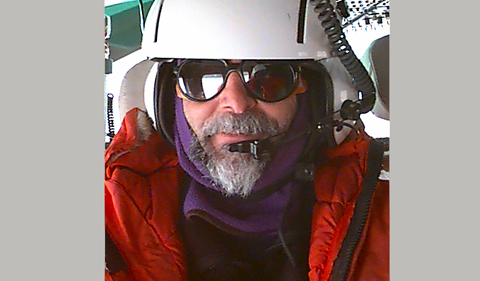
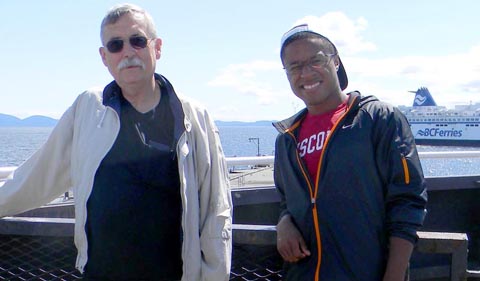
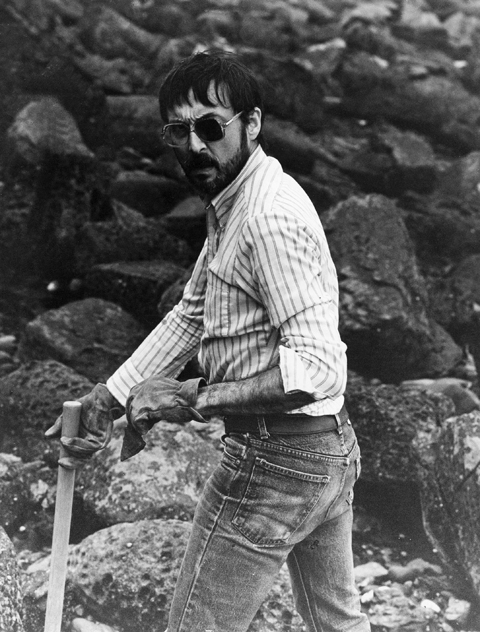
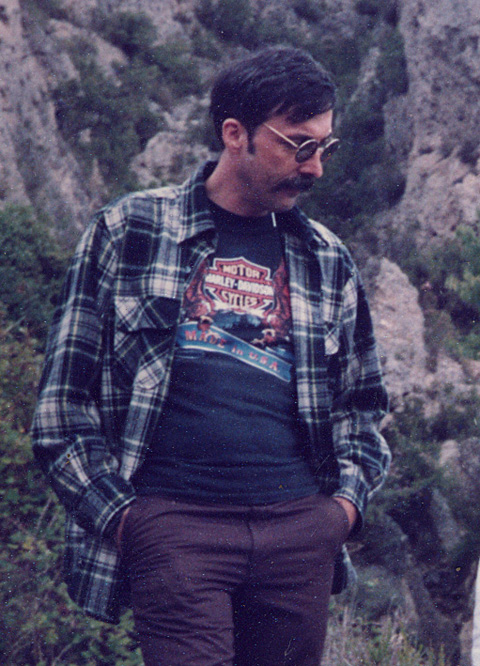
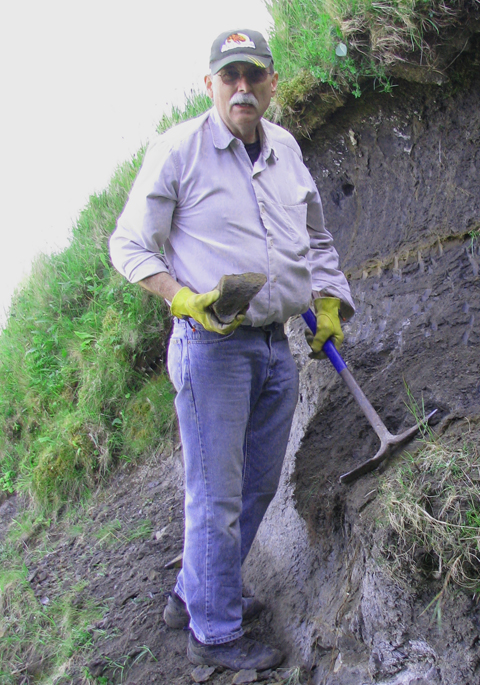

















Comments